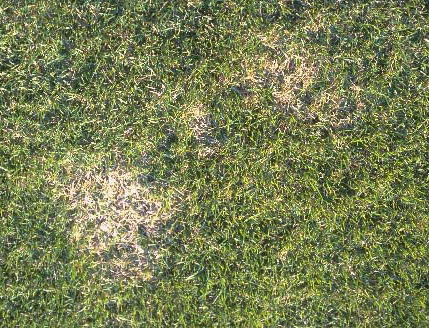Know The Signs Of Sod Webworms

However, there are some signs that you can check for to know if you have a sod webworm infestation, including clearly identifiable damage to your lawn, as well as when they're feeding above ground you will be able to see actual live sod webworms in your turf.
Identifying Sod Webworm Damage

- When the worms are small, the grass blades are skeletonized, which means the soft leaf tissue is eaten while the veins of the leaf remain.
- As they continue to get larger, the worms will start to eat whole pieces of the blade, and grass will appear notched.
- Eventually, whole blades will be clipped off at the crown. The worms take the blades into their silken tubes to eat them.
- Since the worms cut the grass off at the crown, brown patches will form. At first, they'll be small, but eventually they grow and combine to form even larger patches.
This type of damage can go unnoticed during drought conditions, and also may be confused with dog damage. A good indication of sod webworm damage is that the grass has been clipped, and is not simply dead grass.



